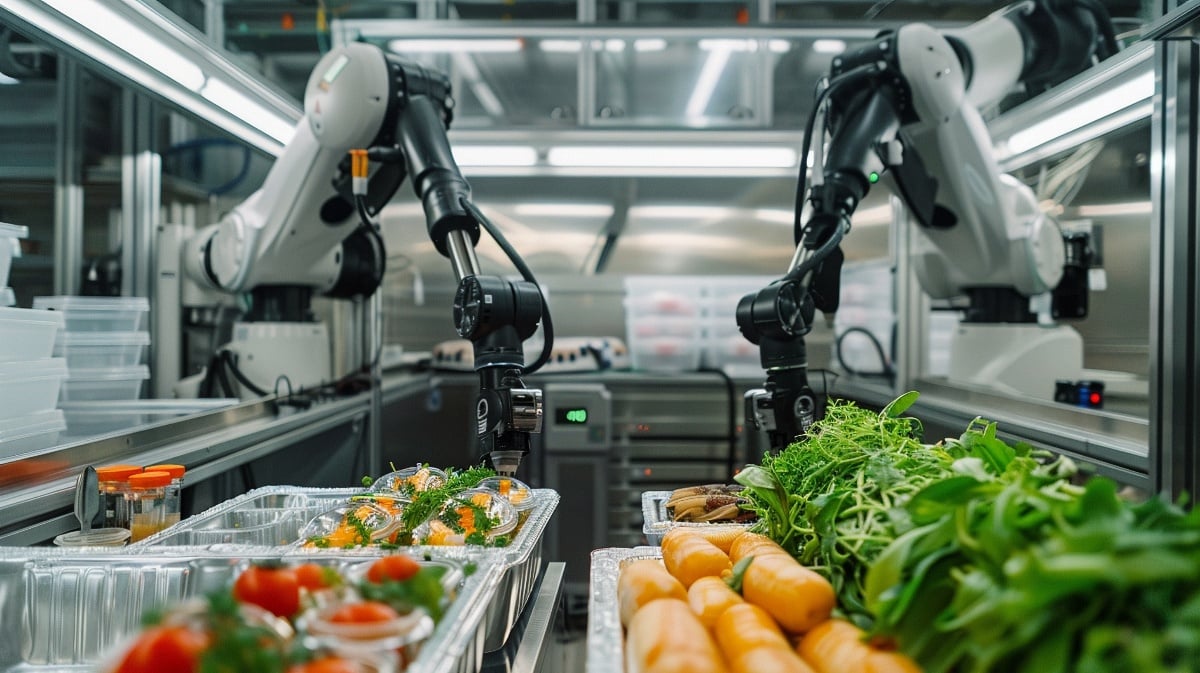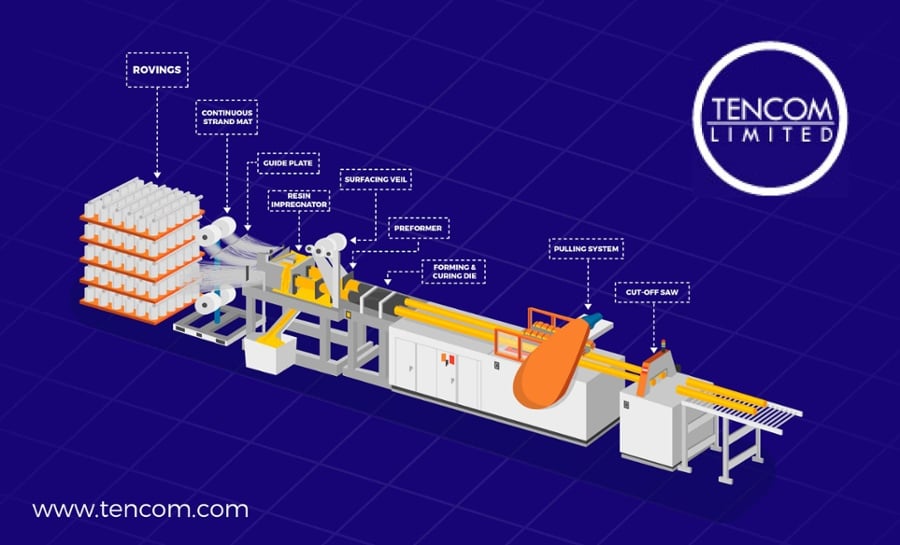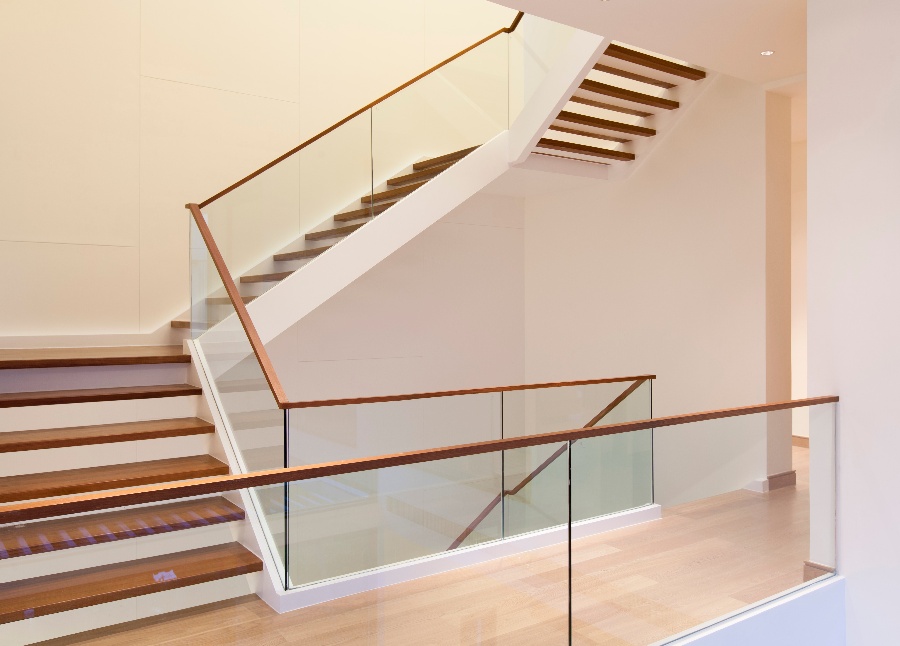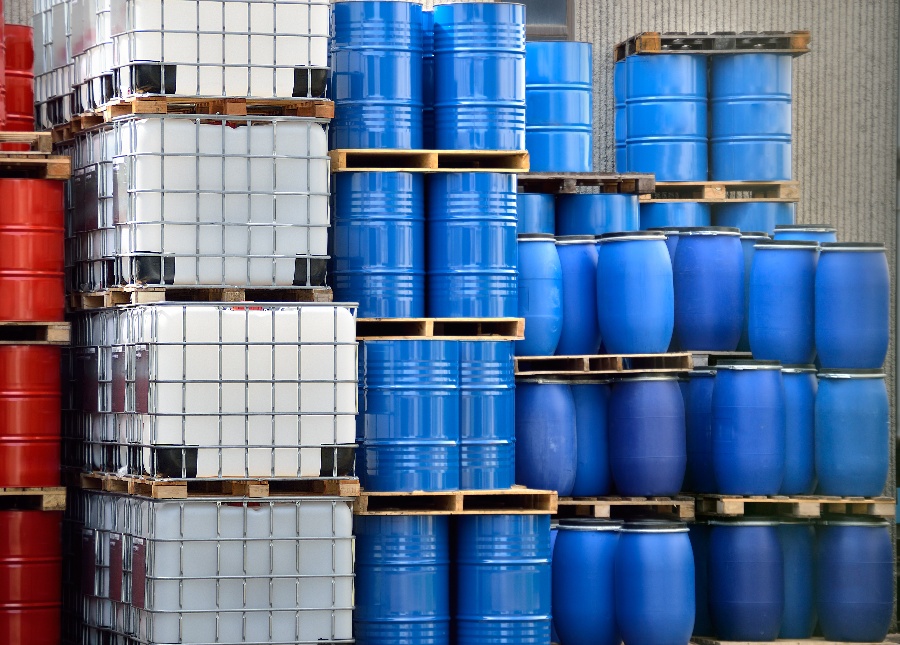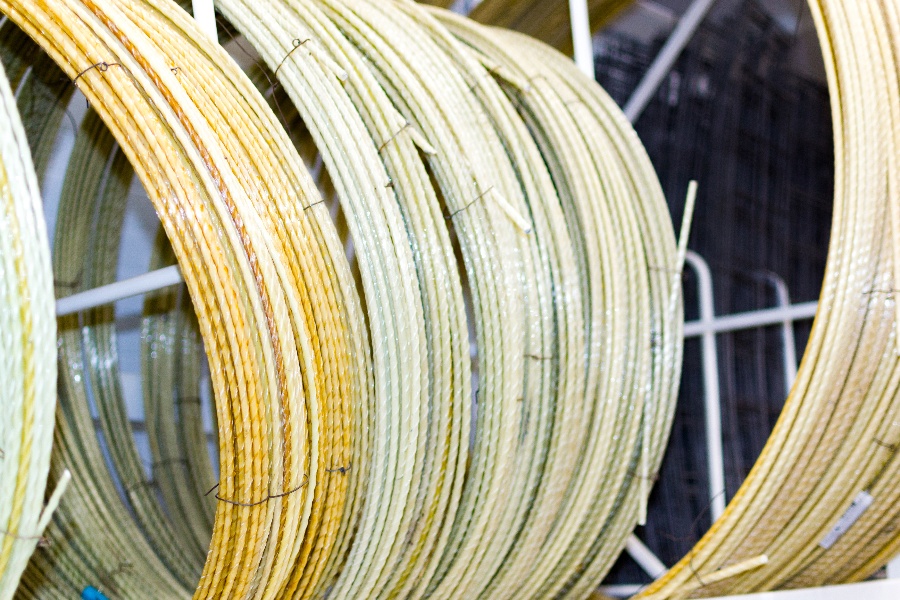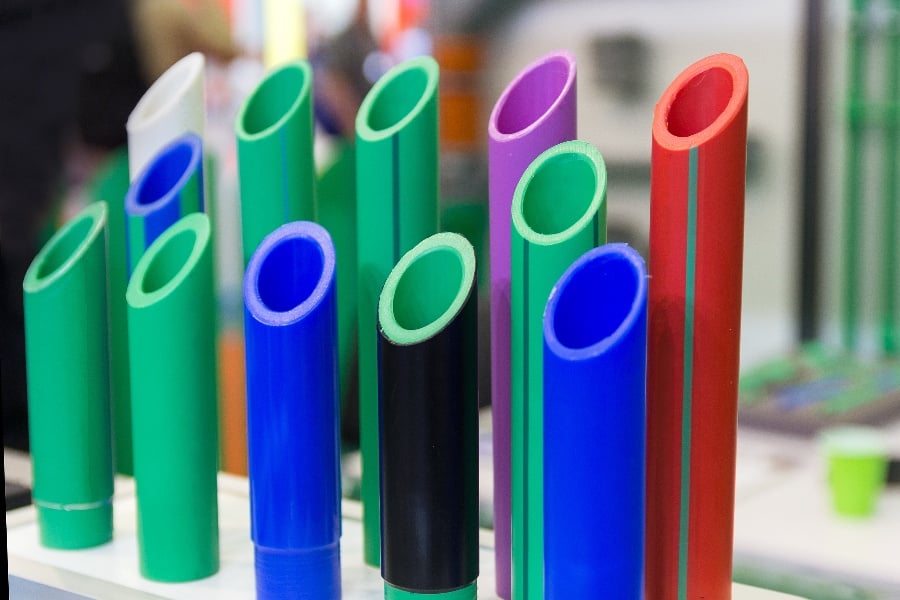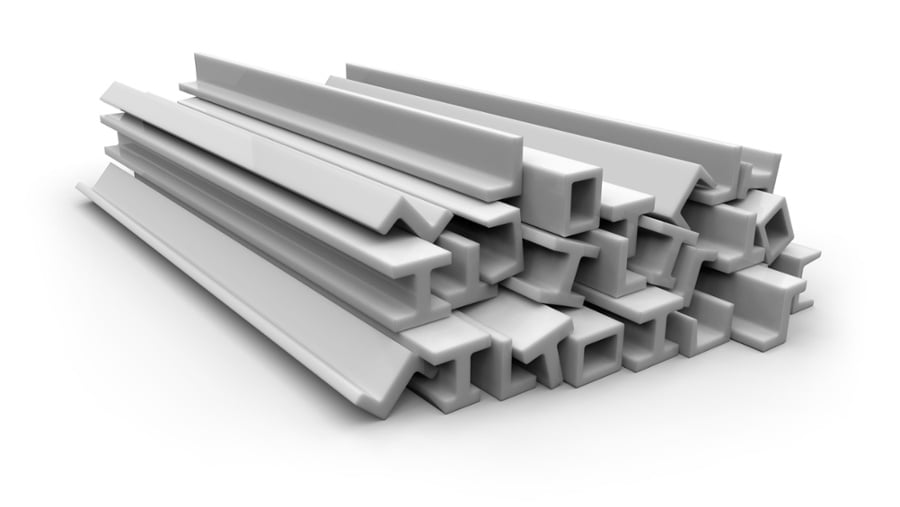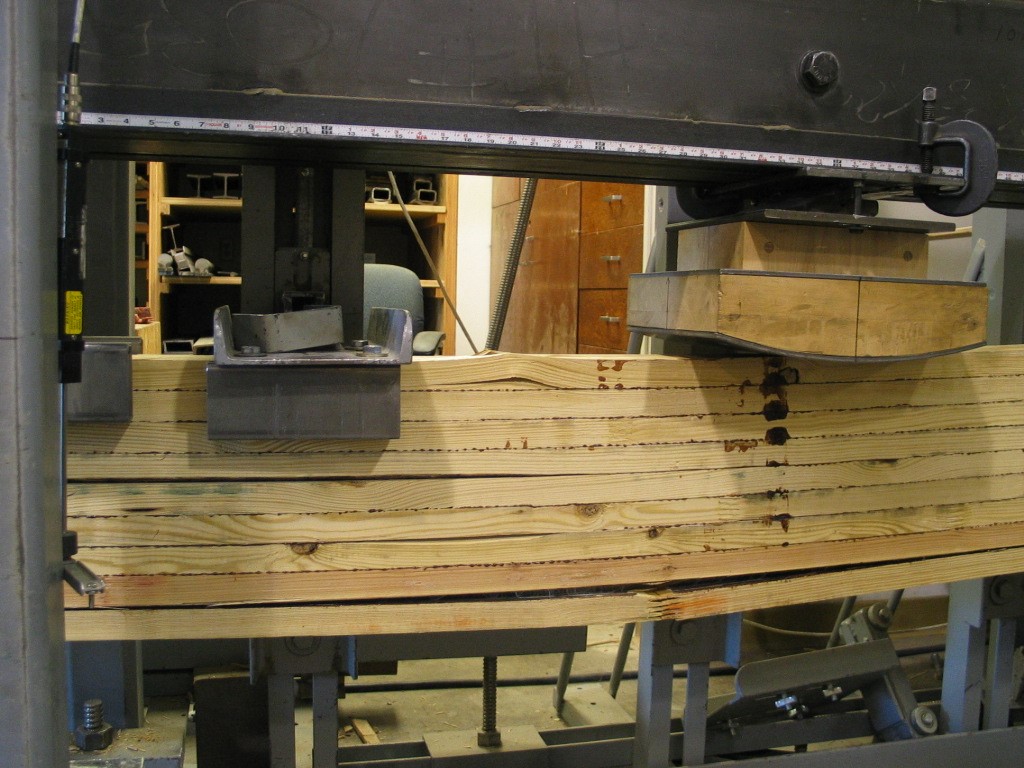
The food processing industry requires equipment and components designed to the highest hygienic and corrosion-resistant standards. The consequences of using substandard equipment can be severe, resulting in food contamination, safety hazards, and costly shutdowns. Specifying the right materials and components is critical.
When pathogens or hazardous substances leach into food products, the results can be dangerous outbreaks of foodborne illnesses. These can lead to public health crises, regulatory actions, and substantial brand damage for food companies. Even minor equipment failures or corrosion issues can allow bacterial growth in tiny crevices. When safety is compromised, the financial and reputational costs quickly spiral.
Engineers carry an important responsibility in upholding stringent hygiene and corrosion resistance requirements for all food plant equipment and machinery. By selecting inert, non-toxic, durable, and cleanable materials and designing equipment for ease of sanitation and disassembly, engineers create robust barriers to contamination. Minor flaws unnoticed during equipment design can become harborage points for dangerous microbes. As public health is on the line, maintaining exacting standards is an absolute necessity.
Specifying appropriately hygienic and corrosion-resistant equipment is challenging, but with an in-depth knowledge of material properties and vigilance in design, engineers can meet safety imperatives while also balancing functionality and cost constraints. This allows the food industry to operate safely and efficiently.
This article will dive into the material requirements for equipment for the food industry.
Key Challenges in Food Equipment Design
Food processing environments pose multiple threats to equipment integrity and hygiene. The production machinery faces exposure to extreme high and low temperatures, constant humidity, intensive cleaning regimens, and splashing from acidic and corrosive ingredients. This perfect storm of operational stressors and microbiological risk factors requires exceptional material durability and cleanability.
Without resilience against these taxing conditions, equipment is liable to degrade and fail unexpectedly. Fracturing, warping, corrosion, and accumulated biofilms then lead to contamination hazards. The implications cascade quickly, with potentially deadly foodborne illness outbreaks, mass product recalls, and severe reputational damage.
Preventing such disastrous scenarios necessitates equipment designed for the specific challenges of food plants. Engineers must select high-grade stainless steel alloys, specialized non-toxic coatings, seamless polymer boards, and meticulously welded and polished components. Every surface must withstand caustic cleaners, temperature swings from freezing to scalding, moisture ingress, and years of intensive use. With consumer lives at stake, substandard materials that degrade, corrode, or disintegrate simply cannot be tolerated.
The financial and social costs of any hygiene or integrity failure underline why exceptional corrosion and contamination resistance is so essential in food machinery design. With rigorous material selection and engineering vigilance, the risks of equipment dysfunction can be drastically reduced.
Understanding Material Properties for Food Equipment
When selecting materials for food equipment, engineers must consider an array of vital properties that ensure both integrity and hygiene. Suitable corrosion resistance prevents degradation from salt, acids, cleaners, steam, and washdowns. Cleanability enables effective removal of soils and bacteria through sanitary design and impermeable surfaces. Durability equates to long-term resilience against mechanical and thermal stresses. Crucially, toxicity resistance guarantees food-safe, inert equipment unable to leach hazardous chemicals.
Additionally, extensive temperature resistance is mandatory, as routine heat sanitation and chilled storage range from freezing to scalding extremes. Resistance specifically to caustic cleaning agents prevents surface etching or corrosion issues. The material must also withstand splashing from acidic foods and ingredients without compromise.
Smooth, non-porous surfaces augment cleanability, resisting bacterial lodgment within microscopic crevices or welds. With numerous simultaneous demands, from production volumes to safety thresholds, engineers must holistically balance this complex array of mechanical, thermal, and hygienic imperatives.
By utilizing high-grade stainless steel alloys, commercial-sanitary standards, non-toxic coatings and polymers, rounded welds, electropolishing, and non-stick surfacing, engineers can deliver equipment able to perform and protect across decades of intensive use. With in-depth technical materials knowledge and contamination prevention as outright priorities, optimal hygienic design is achievable. In an industry where consumer health is paramount, anything less than scrupulously optimized corrosion resistance and cleanability should never be acceptable.
The High-Potential of Fiberglass-Reinforced Plastic
An innovative material gaining traction for enhanced hygiene and durability is fiberglass-reinforced plastic (FRP). By embedding glass fiber strands in a thermoset resin matrix, FRP composites attain exceptional strength paired with light weight. As an engineering material for food machinery and structures, FRP demonstrates immense corrosion-resistant potential.
Compared to metals, FRP eliminates concerns of rust formation. The slick surfaces prevent scale build-up and bacterial lodgment, especially when combined with gel or epoxy coatings. Smooth FRP sheets avoid issues with exposed fasteners, delamination risks, and seams that typically undermine hygiene. The non-porous composites are inherently impervious to water and vapor ingress.
Beyond cleanability merits, FRP boasts substantial durability advantages. The impact, scratch, and chemical resistance exceed most metallic alternatives while weighing less. Temperature resistance reaches over 200°F safely. The composites shrug off high-pressure washdowns without damage. Critically, FRP remains non-toxic with guaranteed food safety—unlikely to leach substances or degrade over decades.
FRP is proving a transformative material for structural platforms, ducting, tanks, piping, and cladding in the food industry. With smart design that utilizes the unique benefits of resin-bound glass fiber, engineers can enable exceptional cleanliness, corrosion resistance, and longevity across large-scale equipment and entire processing lines.

